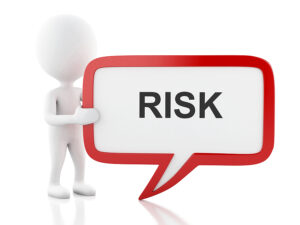Mastering Incident Response in the Digital Age

In a world where digital threats loom large, the ability of a business to respond to a cybersecurity incident is as critical as its efforts to prevent one.
This truism has led Australian companies to place an increasing emphasis on developing and maintaining robust incident response plans.
An effective incident response plan is not merely a set of procedures to be followed in the wake of a cyberattack.
It is a comprehensive blueprint that encompasses not only technical remediation but also legal and ethical considerations.
This plan, often developed in the calm before the storm, outlines the steps an organization will take to quickly and efficiently address a security breach, thereby minimizing its impact.
Legal obligations play a pivotal role in shaping these plans.
Under the Notifiable Data Breaches scheme, for instance, Australian organizations are required to report certain types of data breaches, a mandate that underscores the need for transparency in the aftermath of an incident.
But beyond legal compliance lies a minefield of ethical considerations.
How an organization communicates with its stakeholders during and after a cybersecurity incident can profoundly affect its reputation and consumer trust.
Communication strategies, therefore, are a critical component of any incident response plan.
Internal communication ensures that all members of the organization are informed and coordinated in their response efforts.
Externally, customers and the public require timely, accurate information about the breach and how it may affect them.
Crafting these messages with clarity and empathy is key.
The evolving nature of cyber threats means that incident response plans are living documents, requiring regular reviews and updates.
In this digital age, an organization’s resilience is often tested not by the absence of security incidents but by its response to them.
For Australian businesses, mastering the art of incident response is no longer an option but a necessity, a crucial element in safeguarding not just their data but their very integrity.
Start your journey now at https://vciso.scoreapp.com











